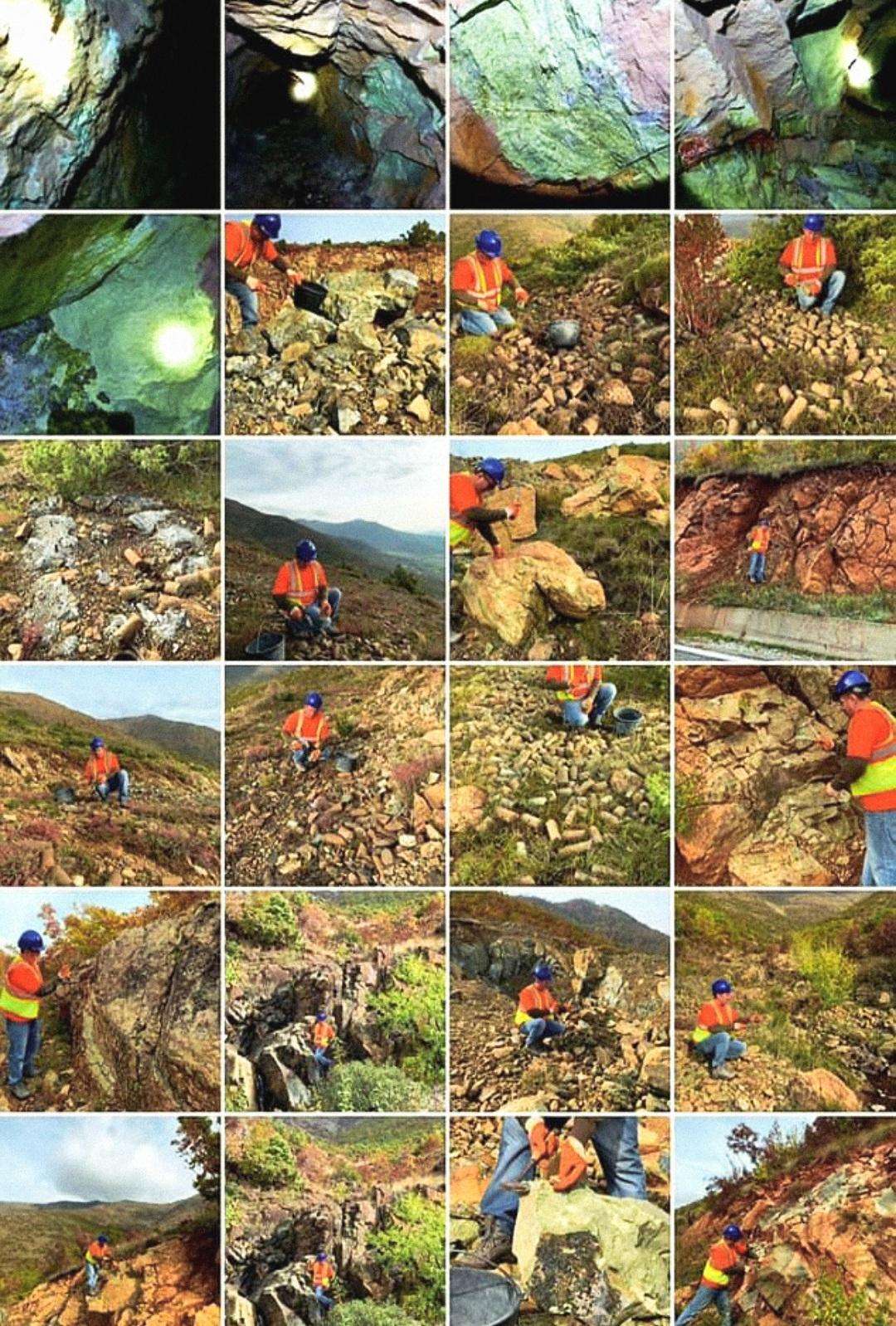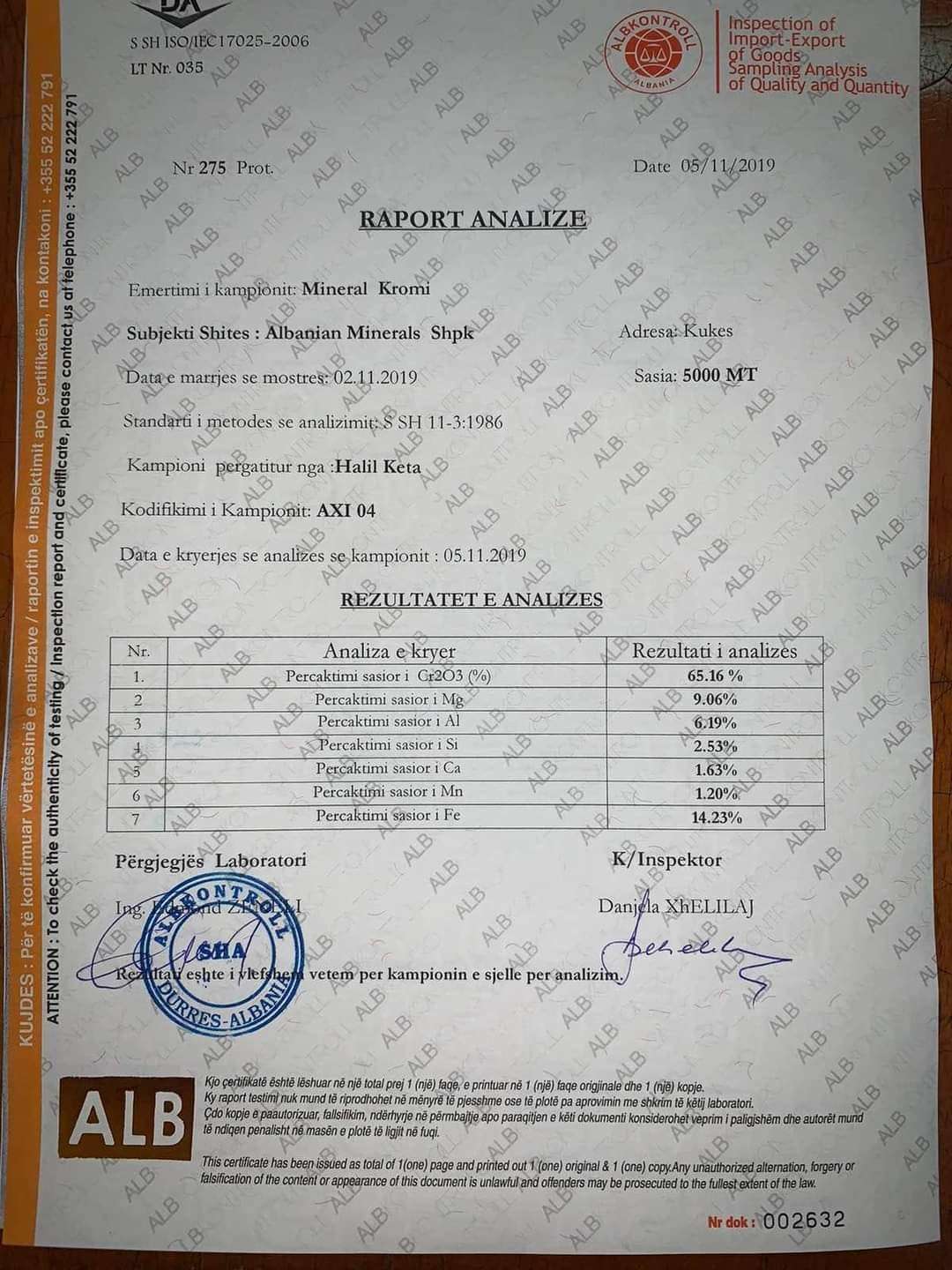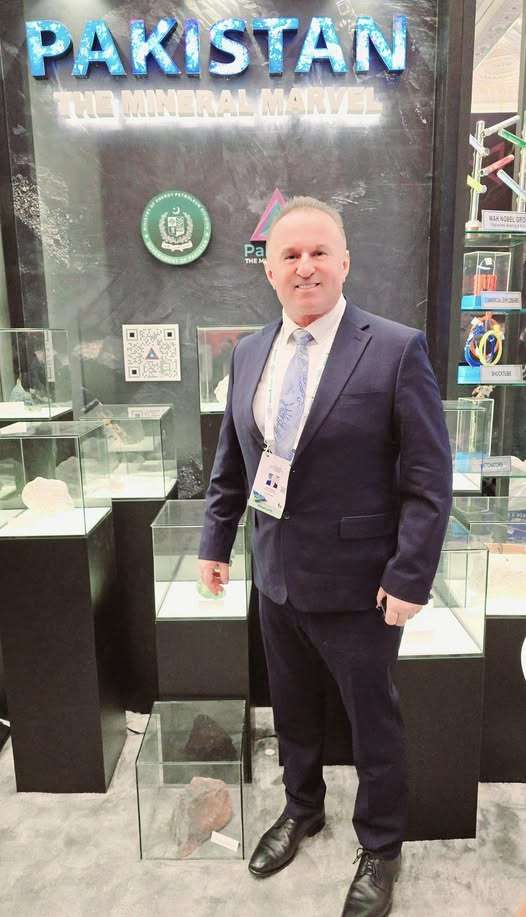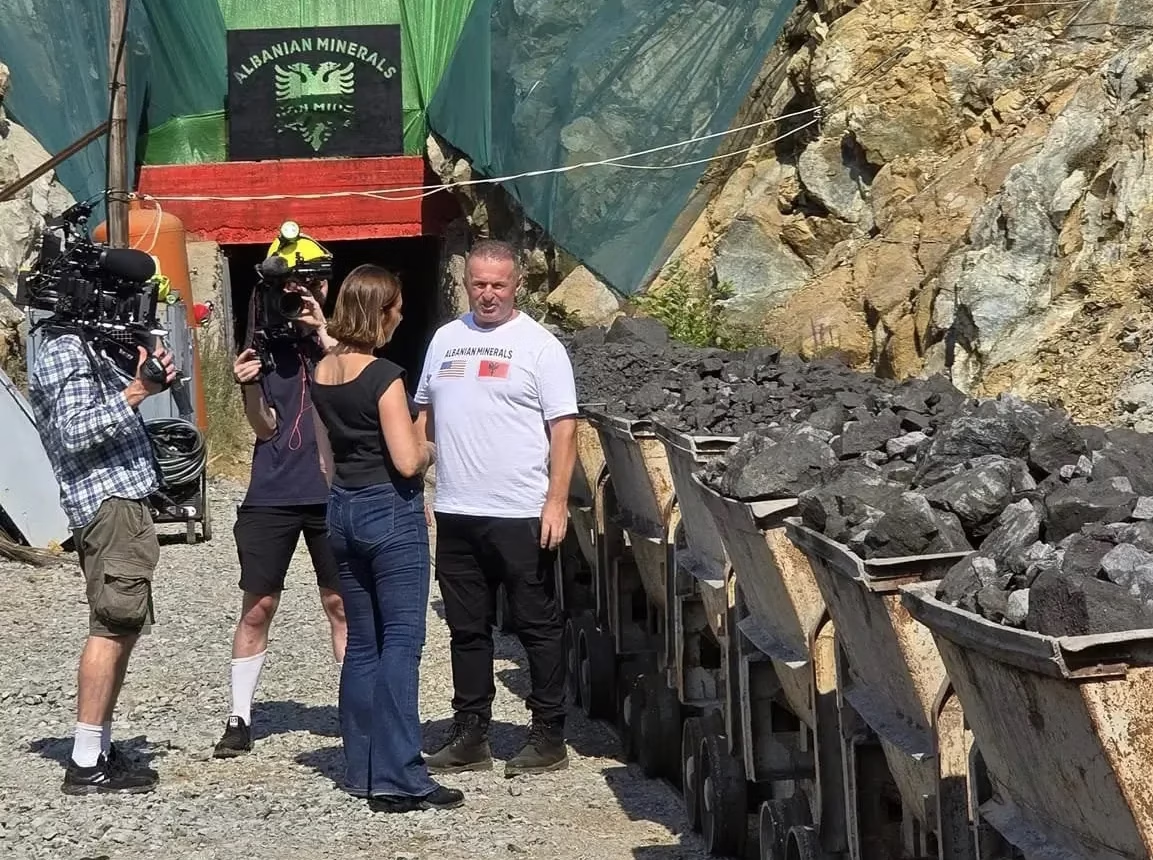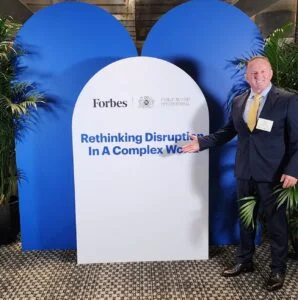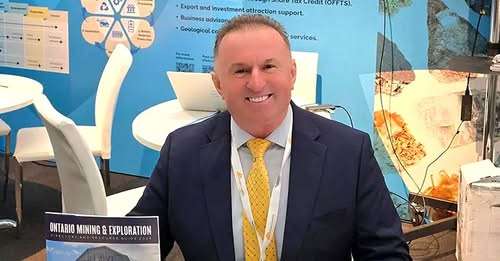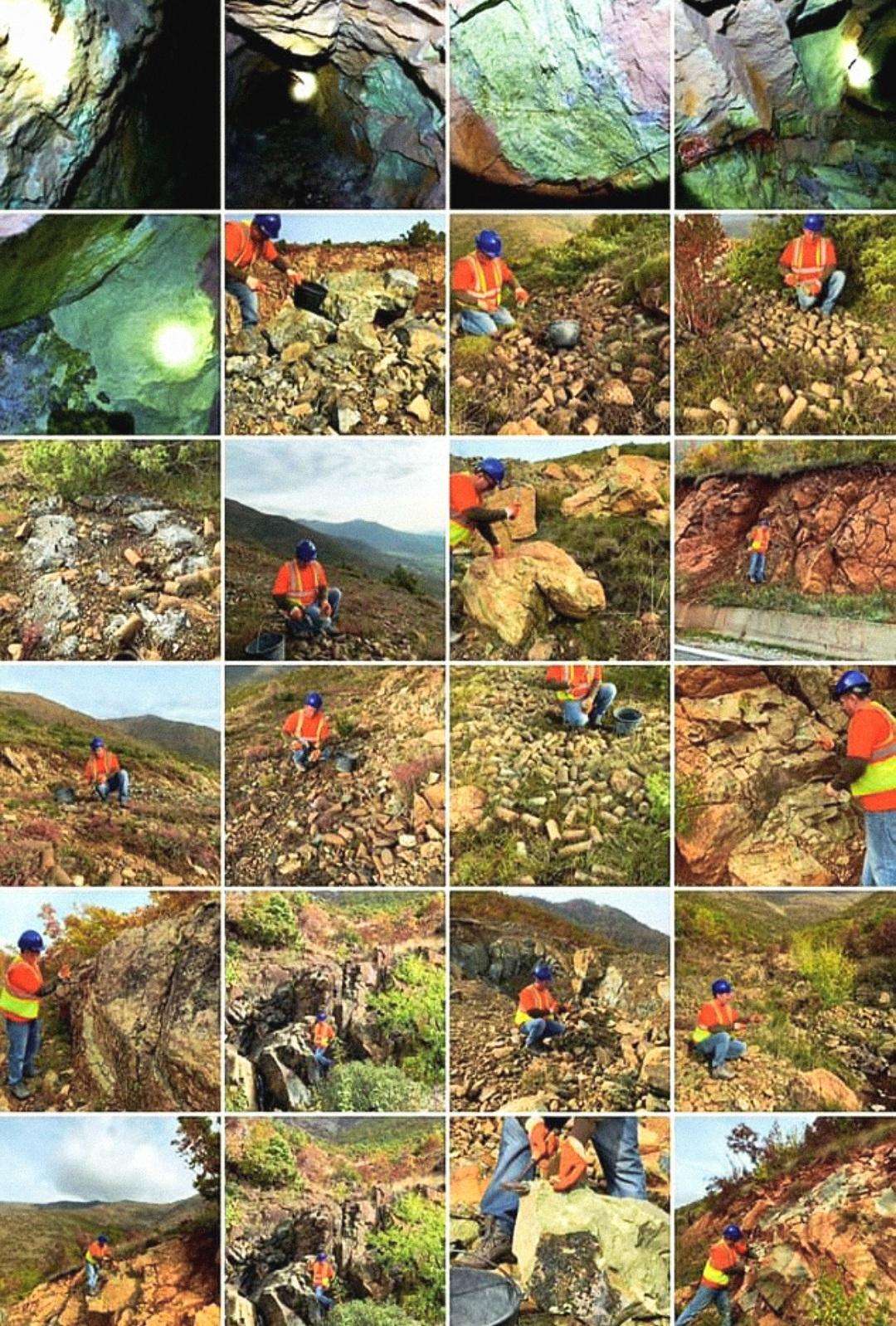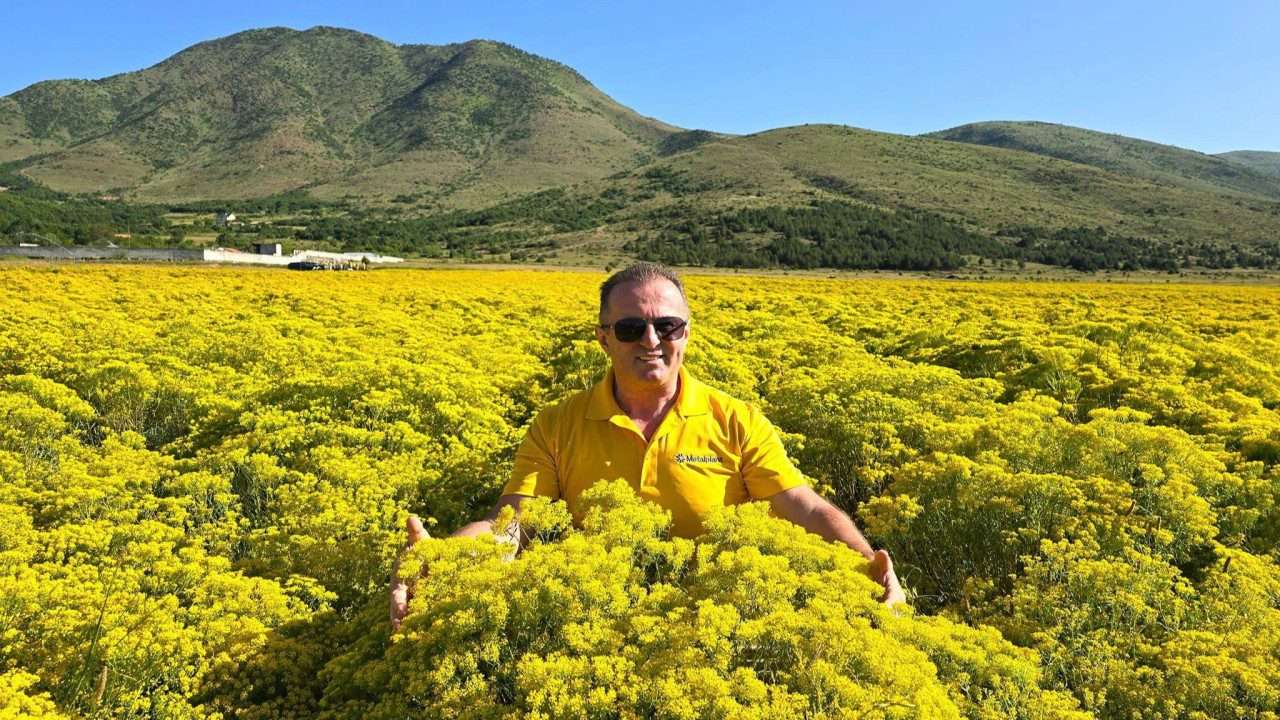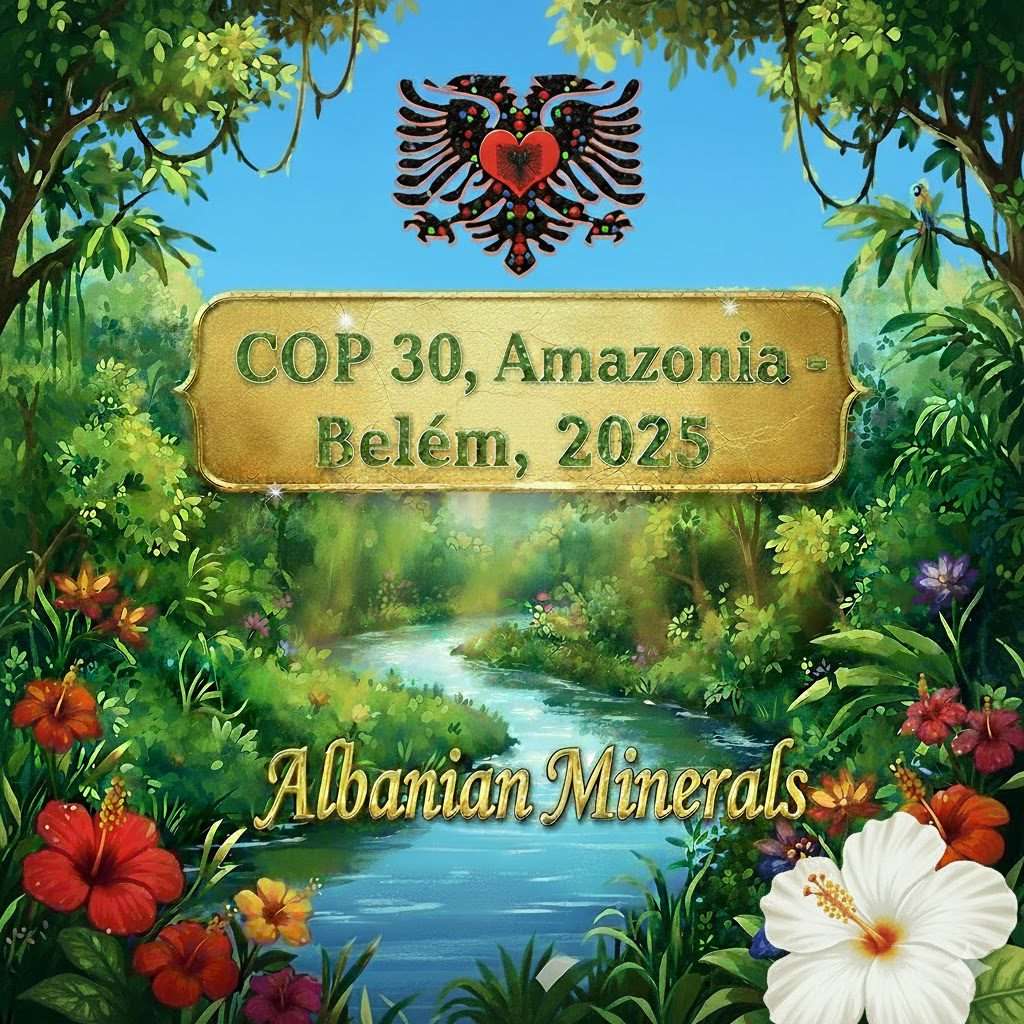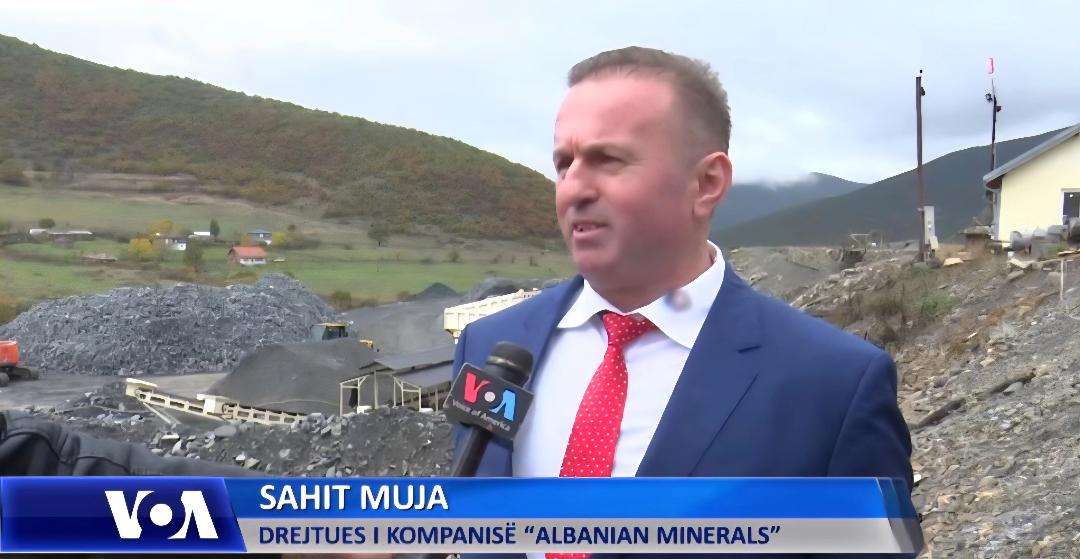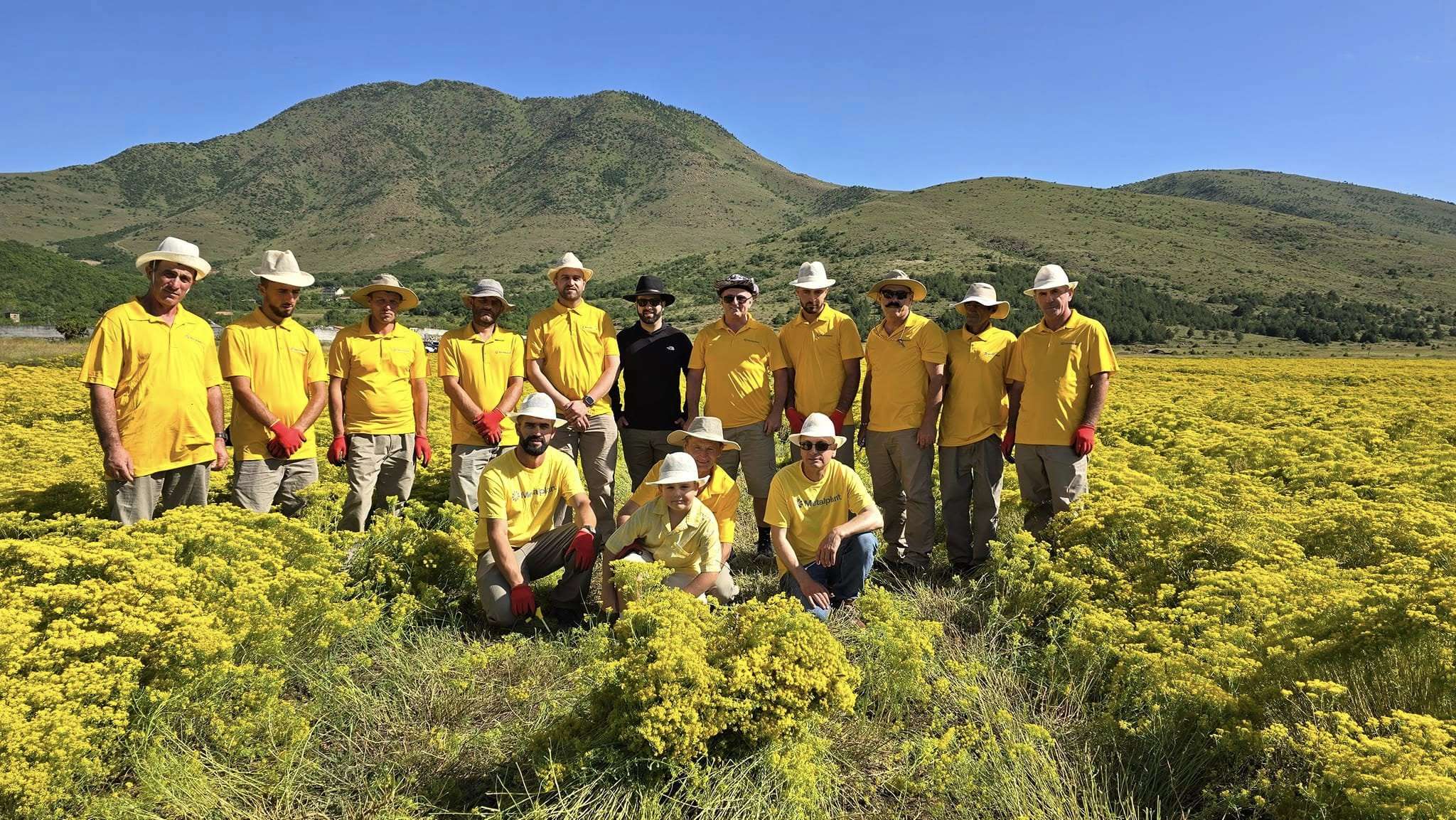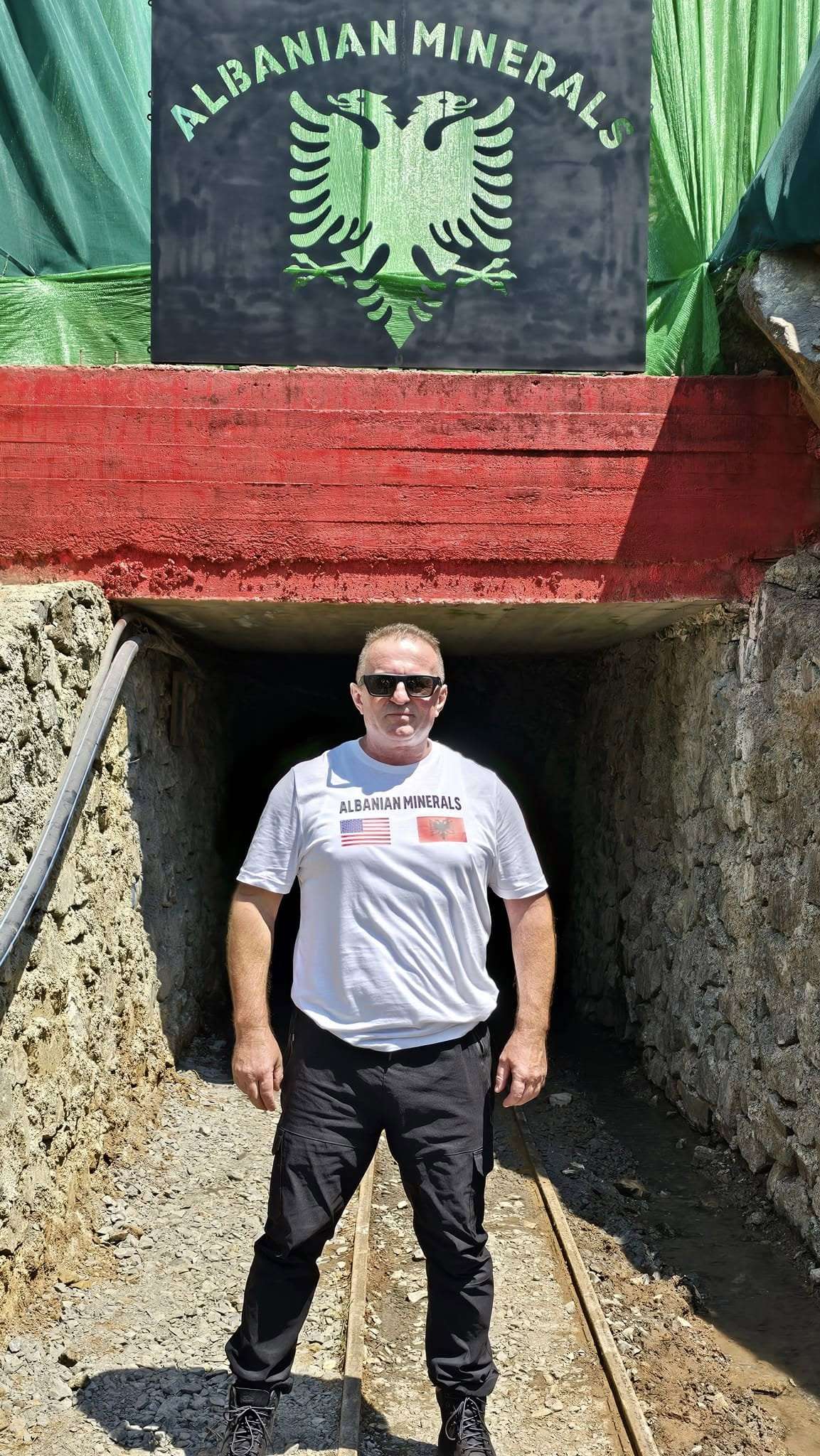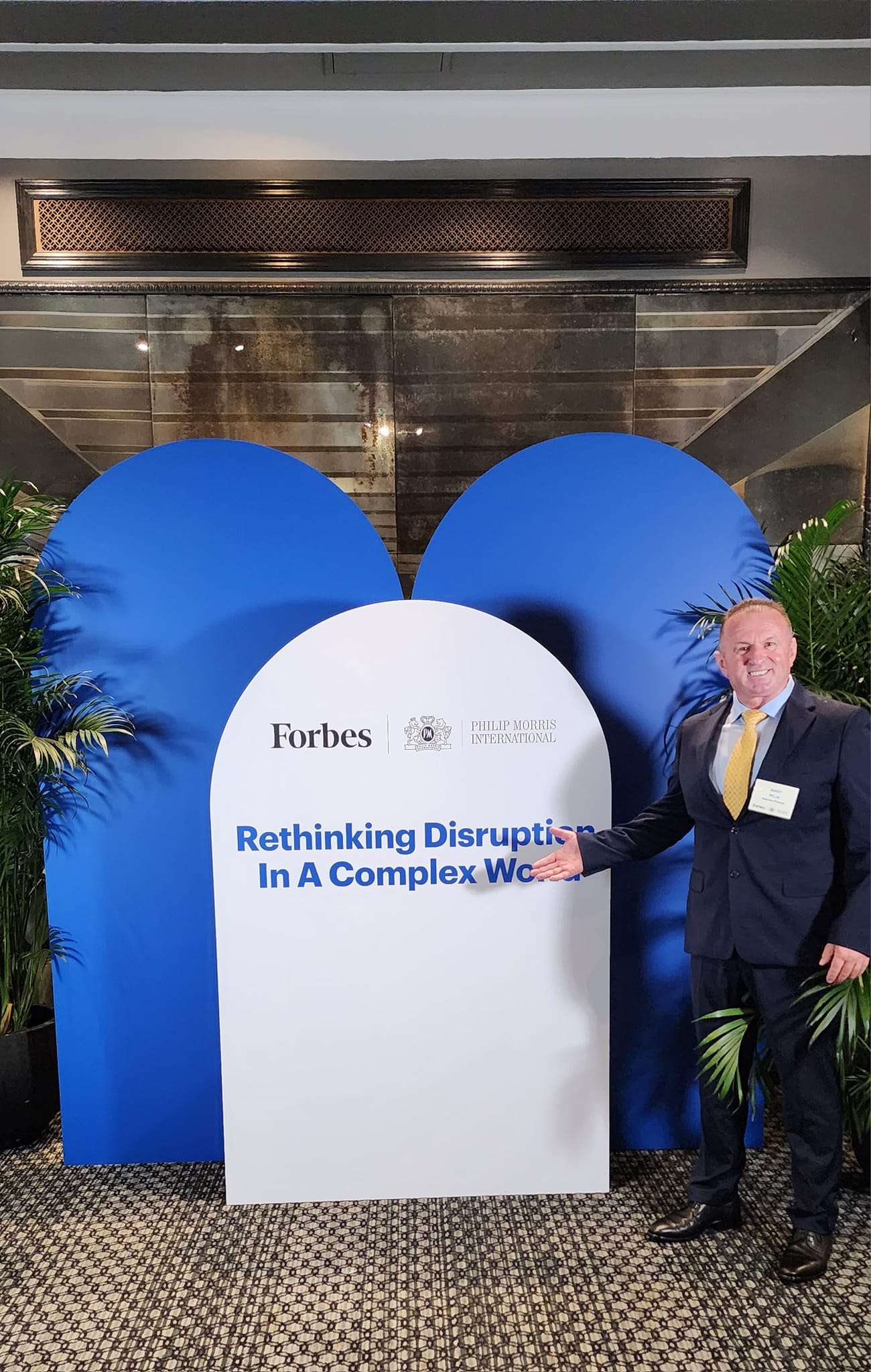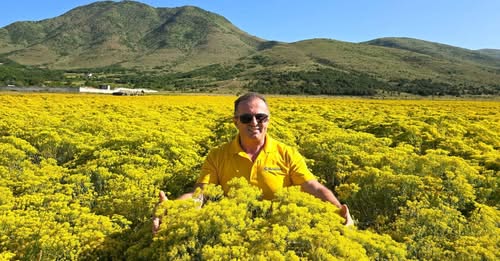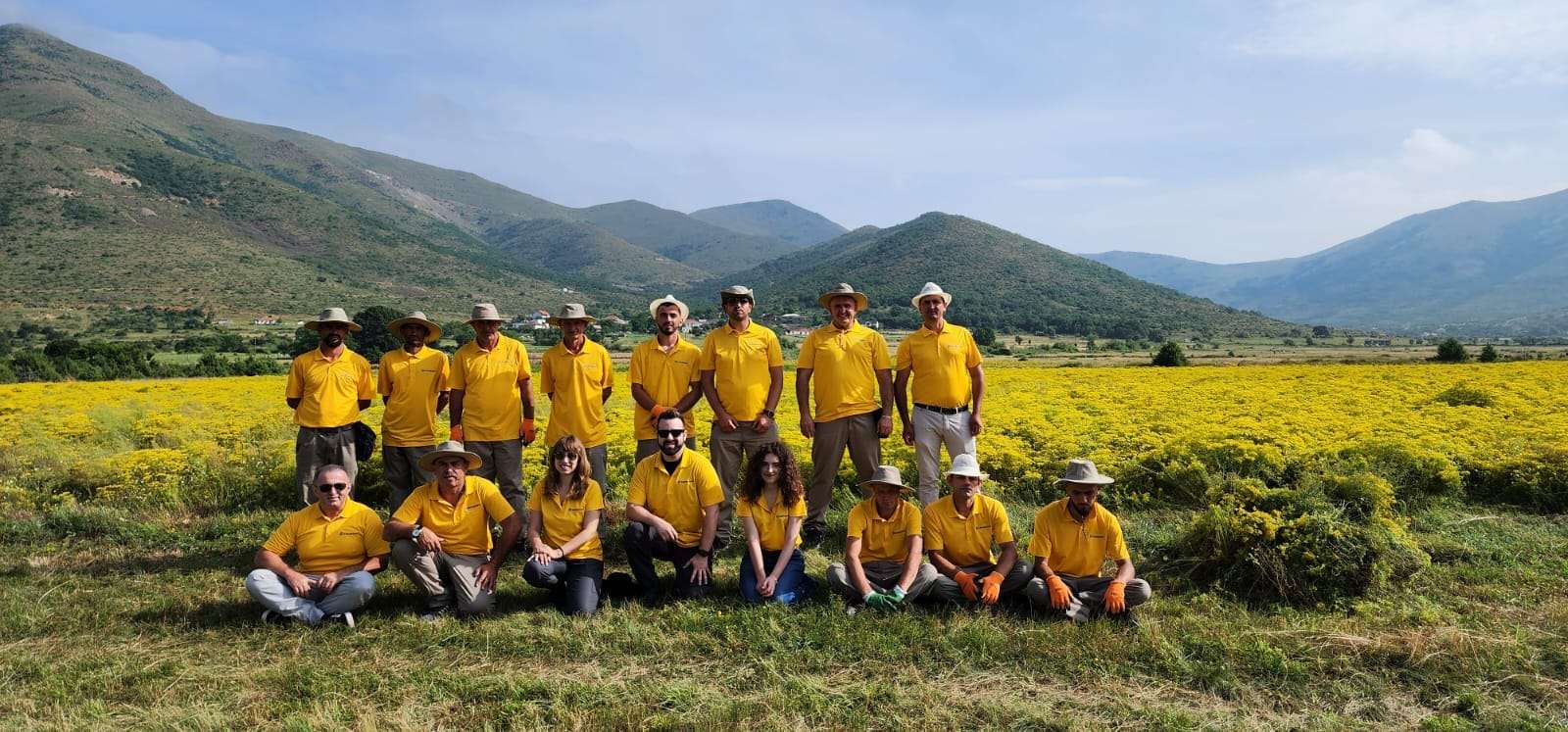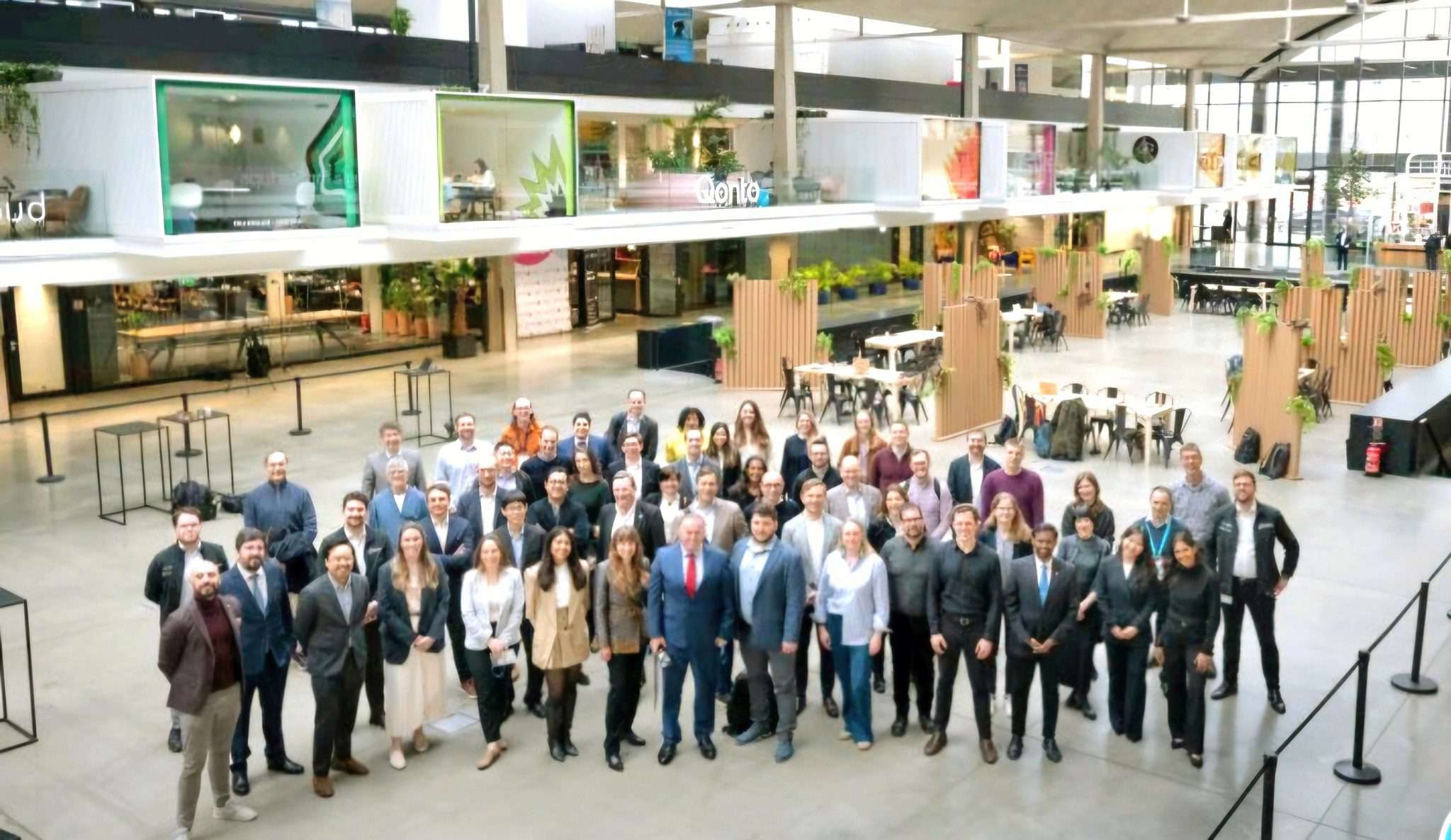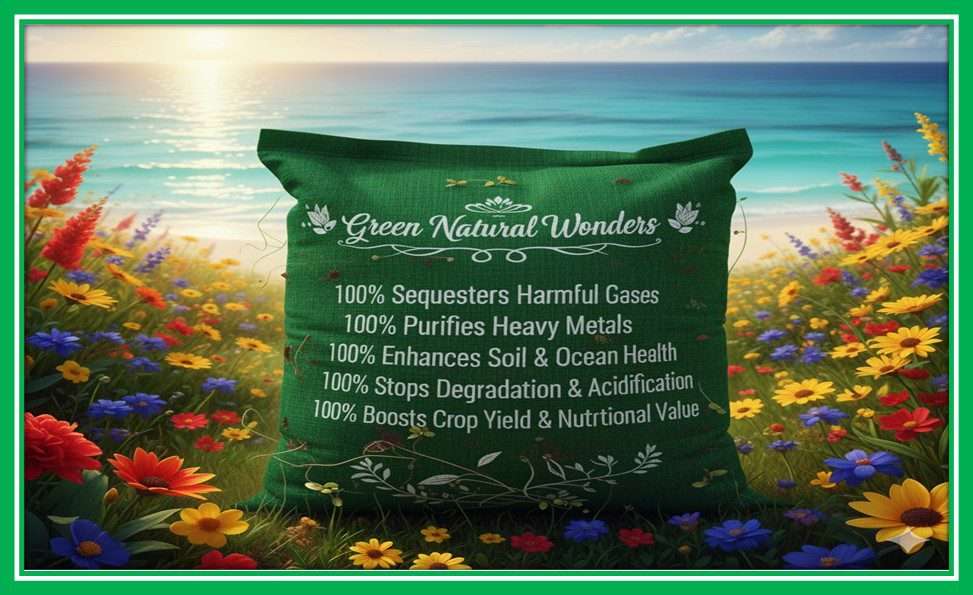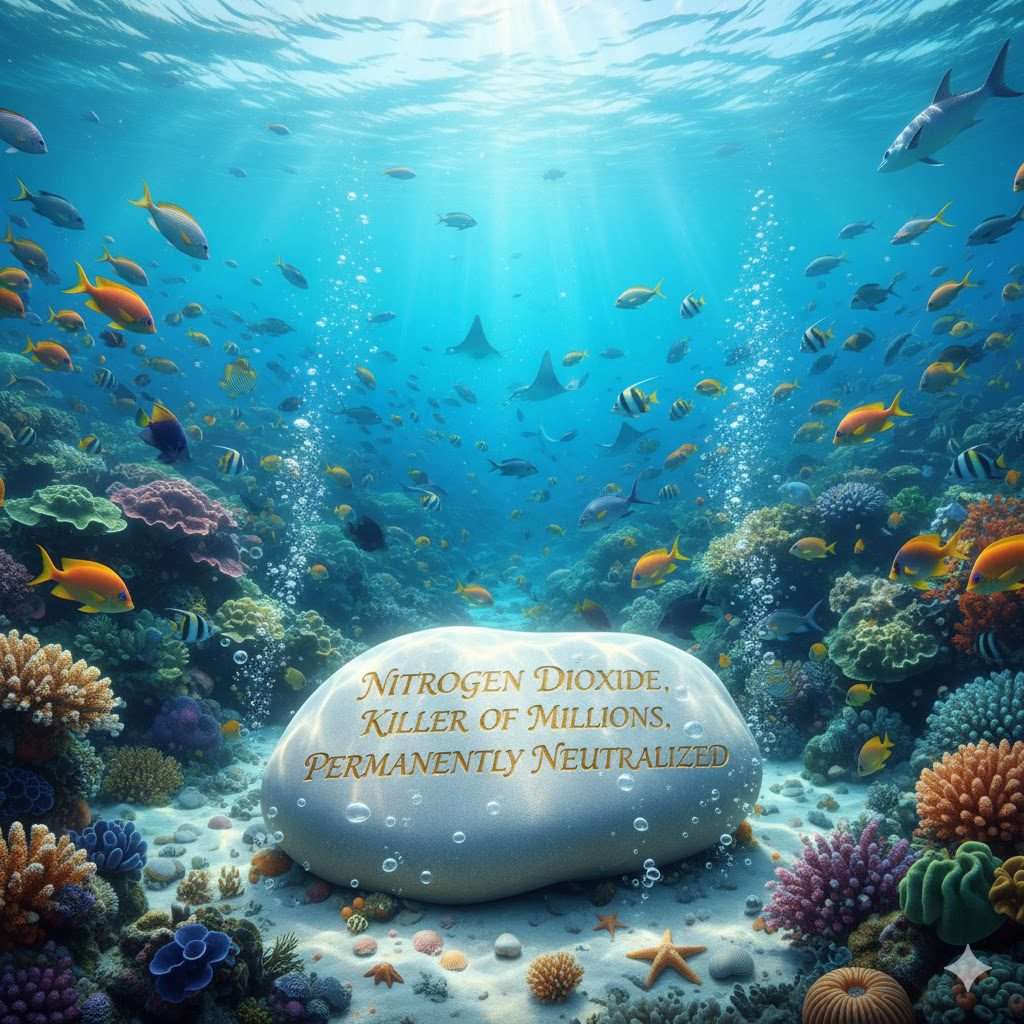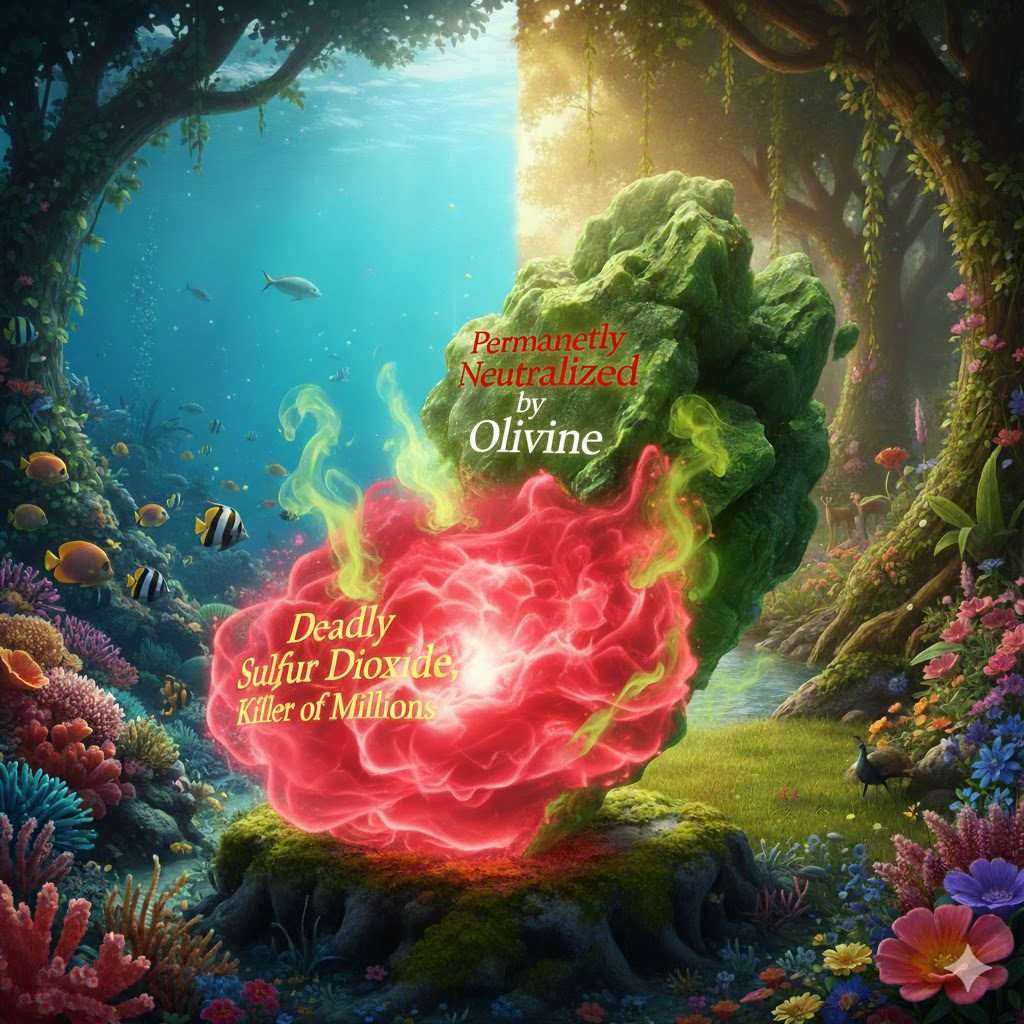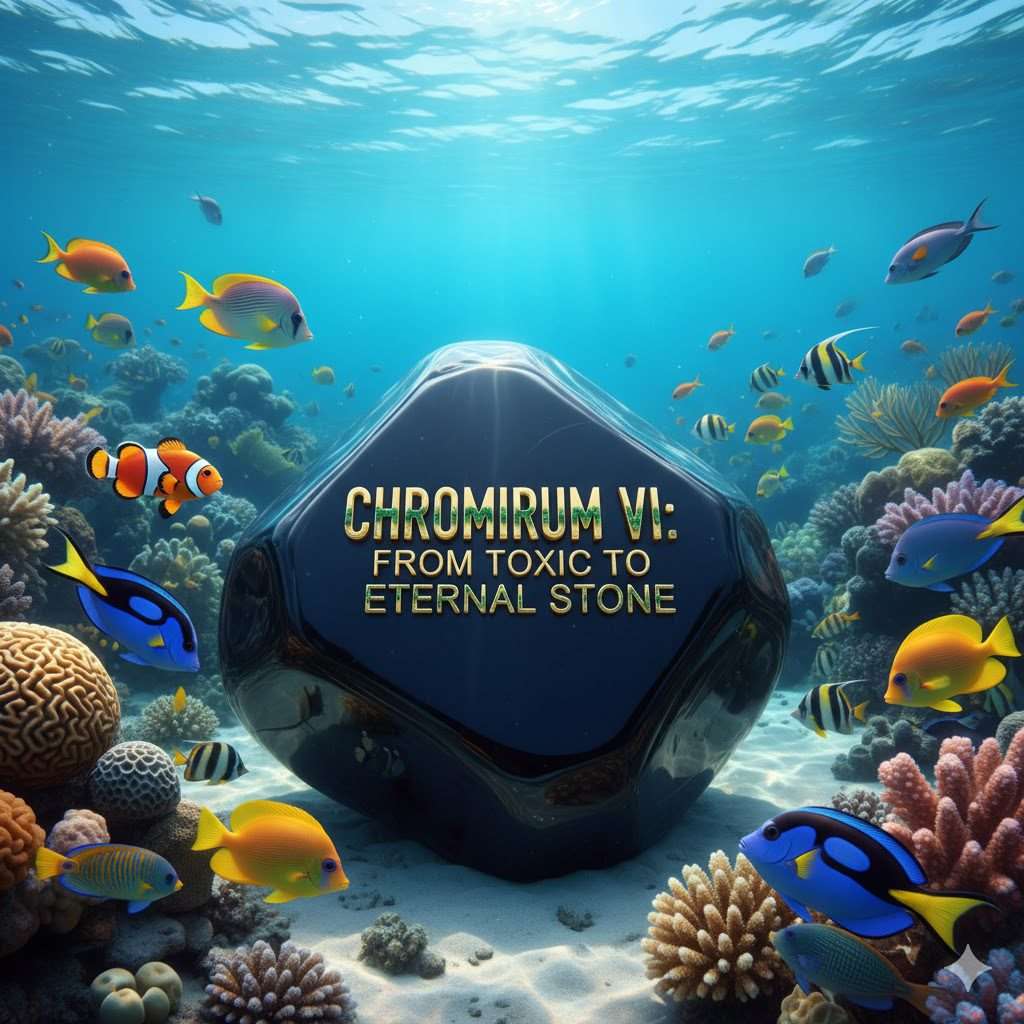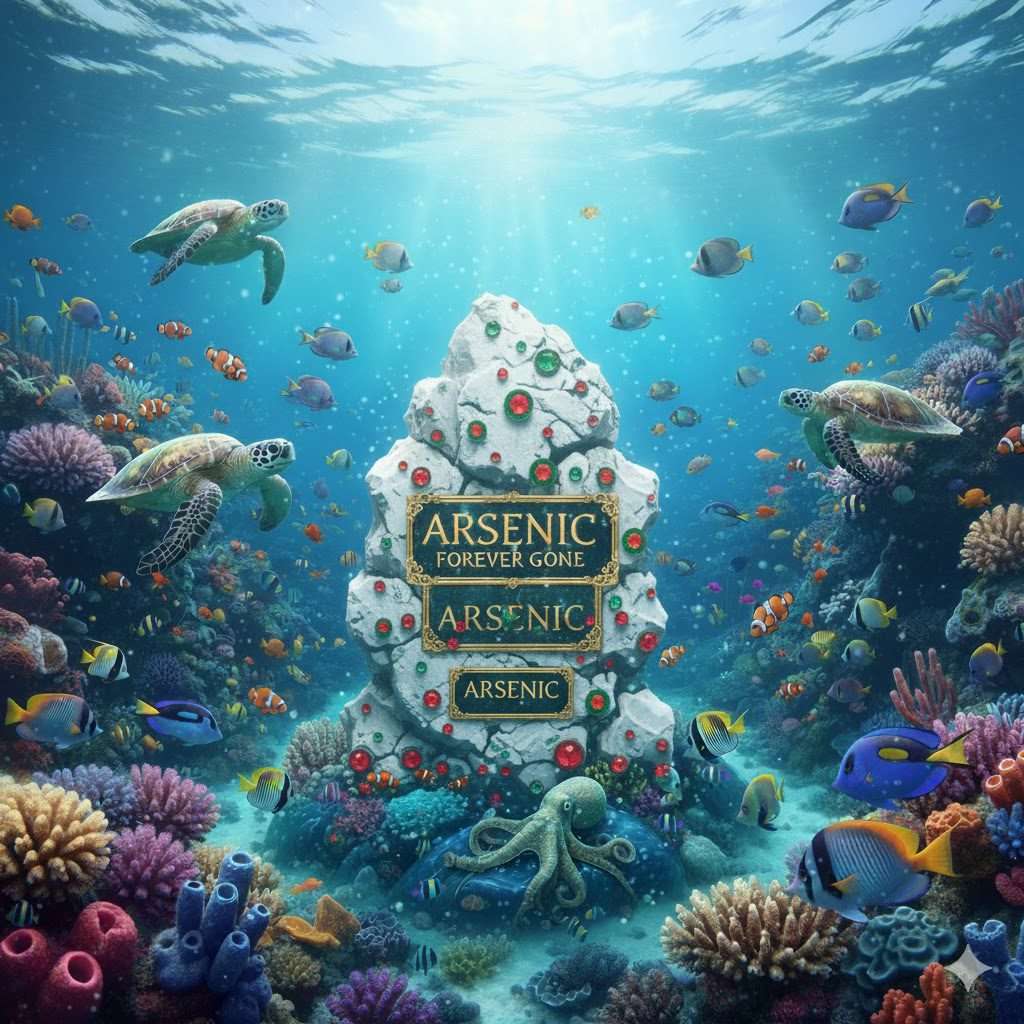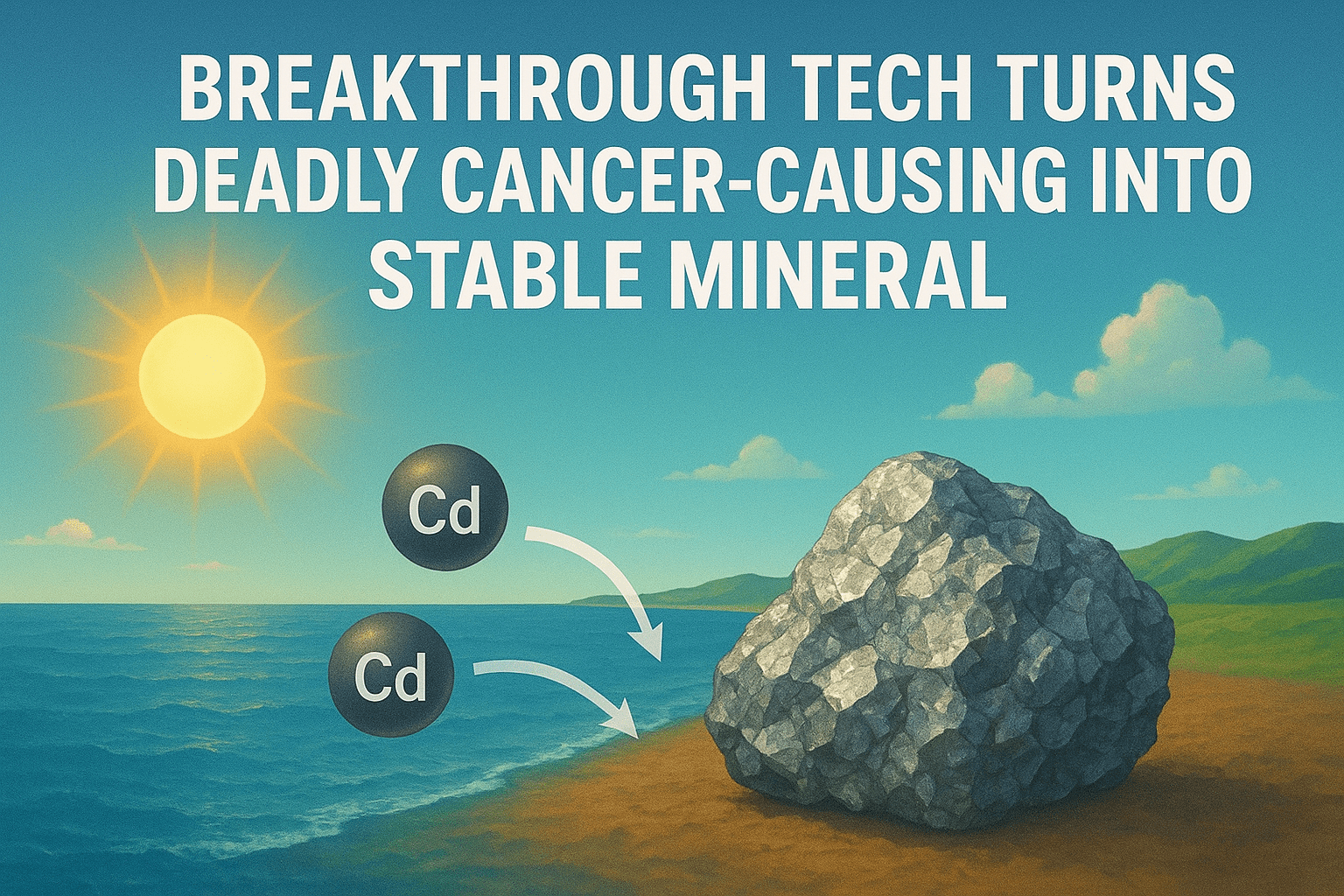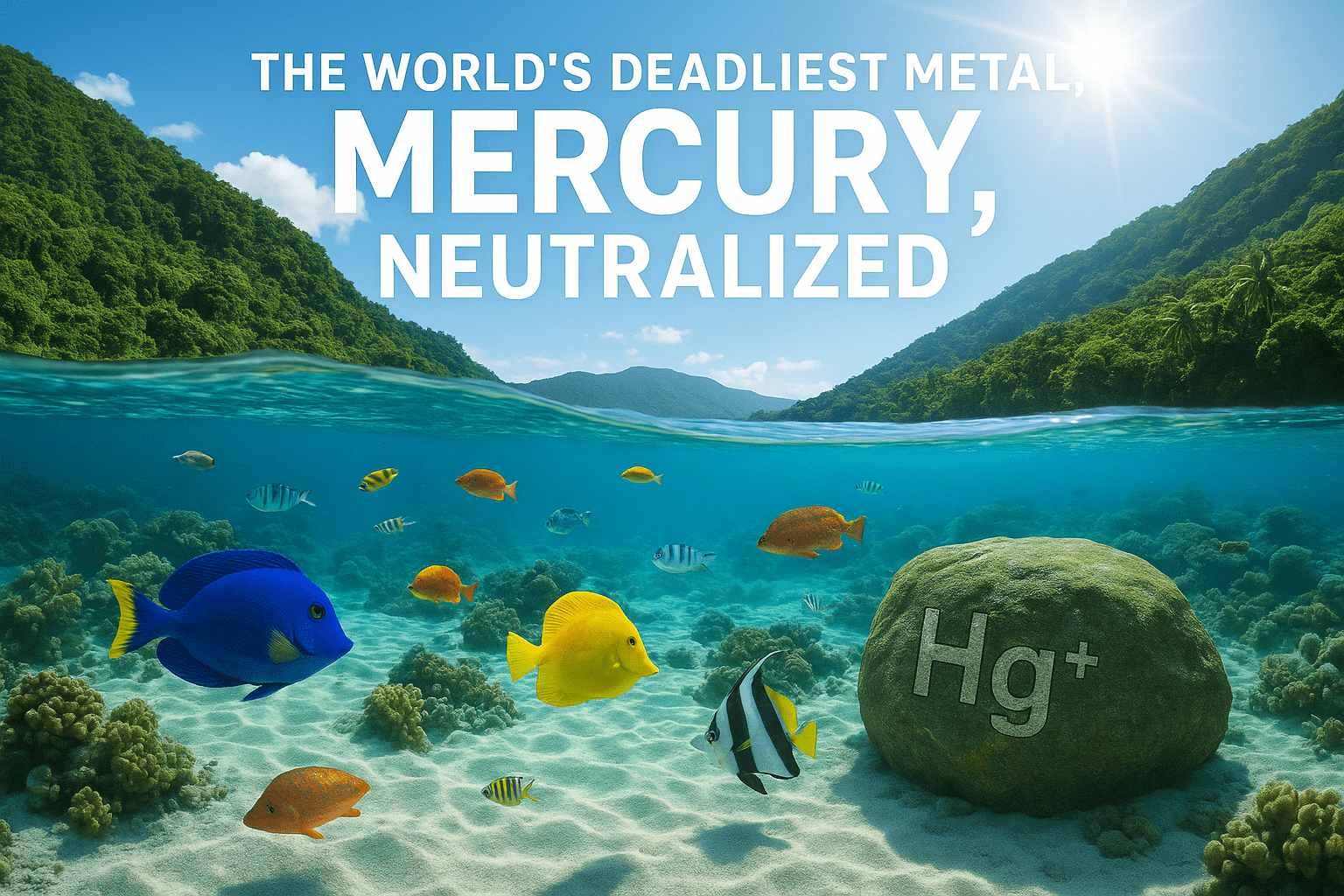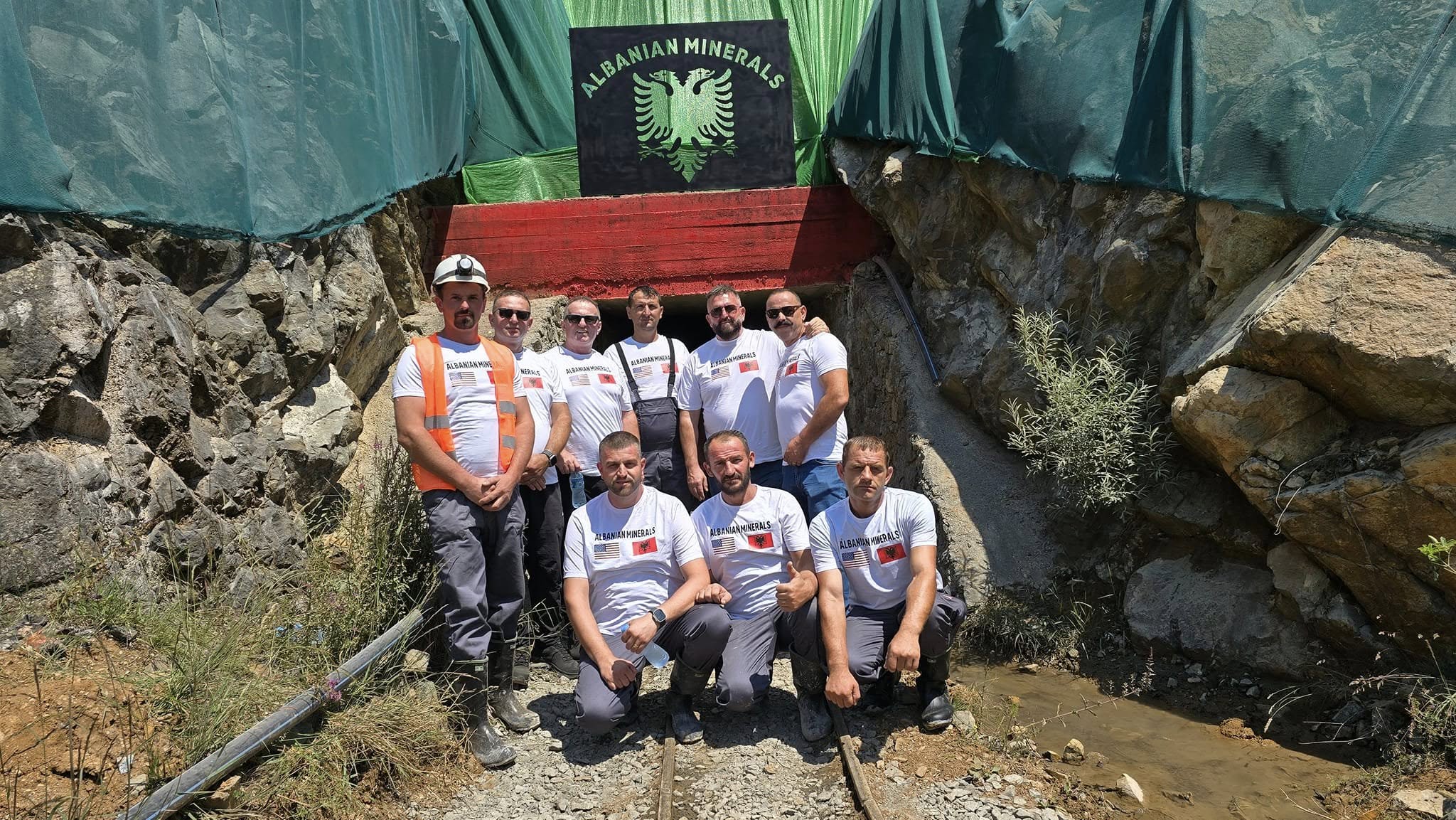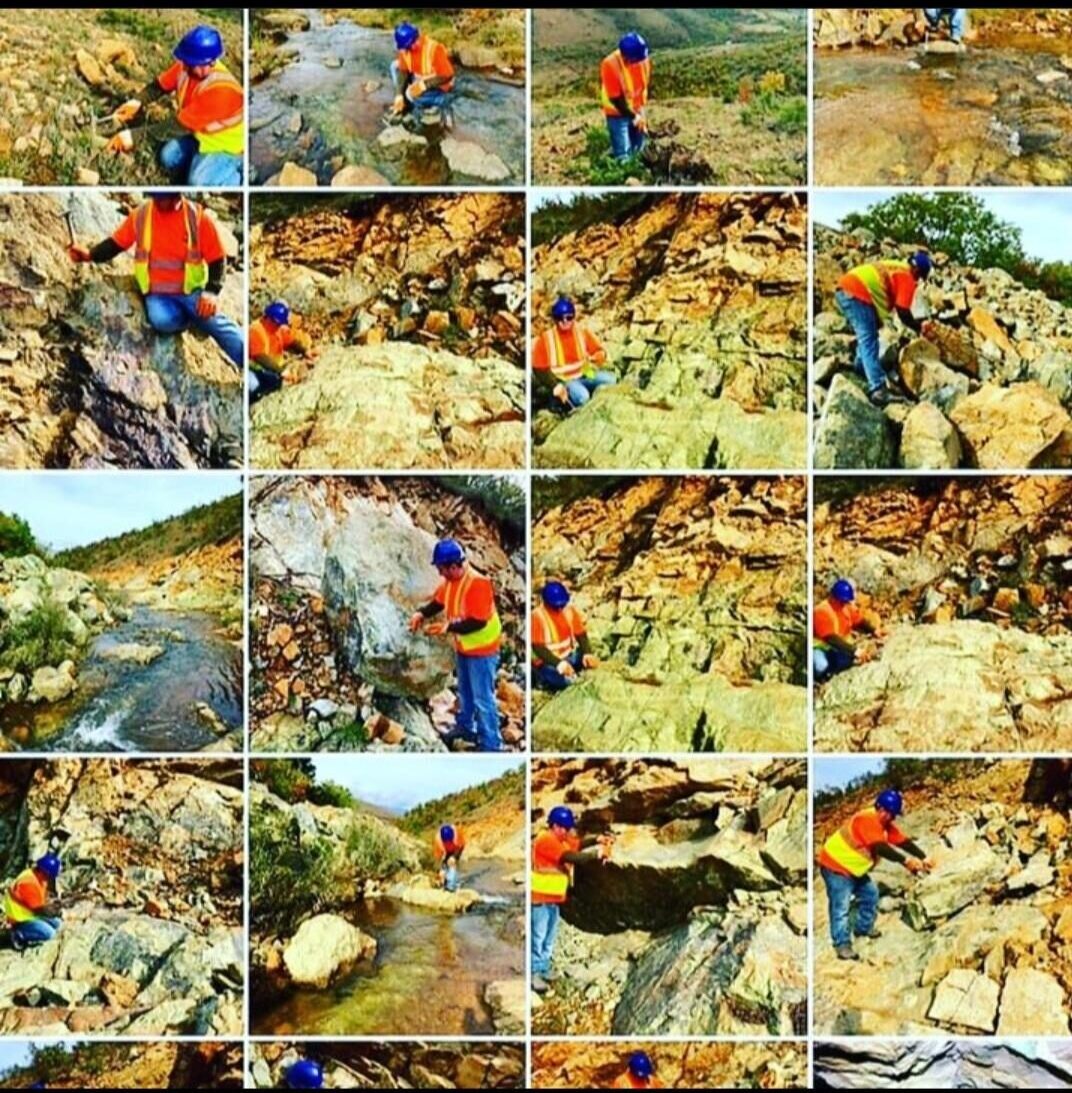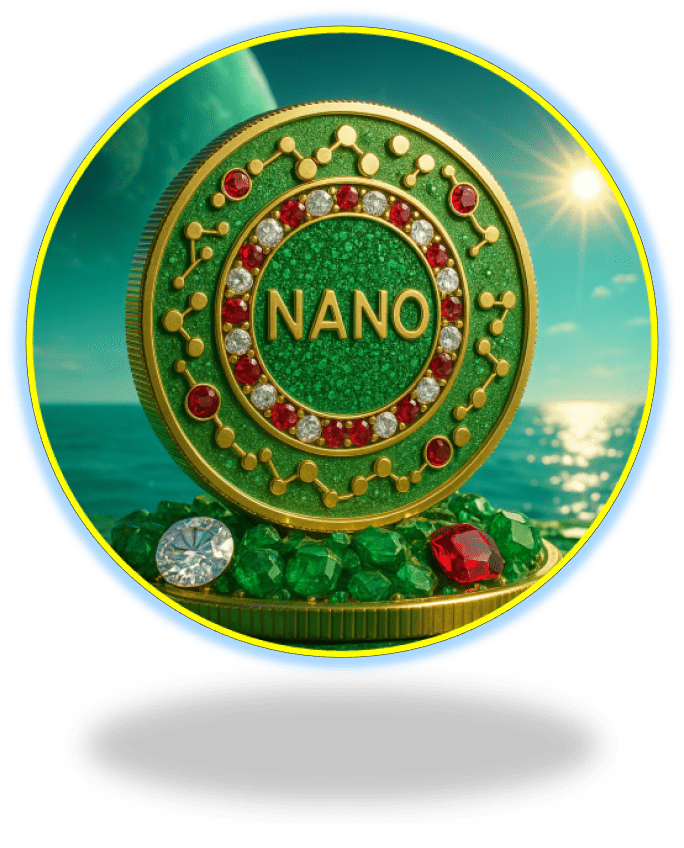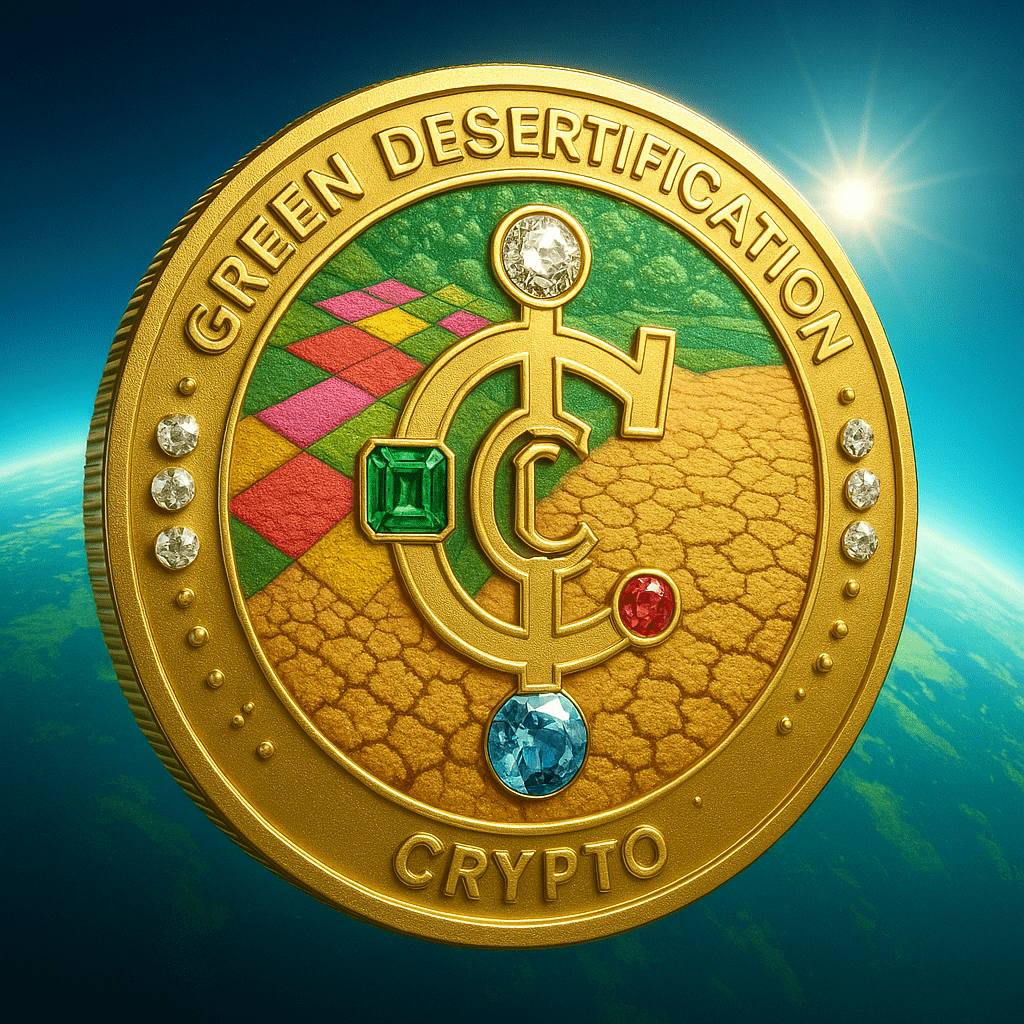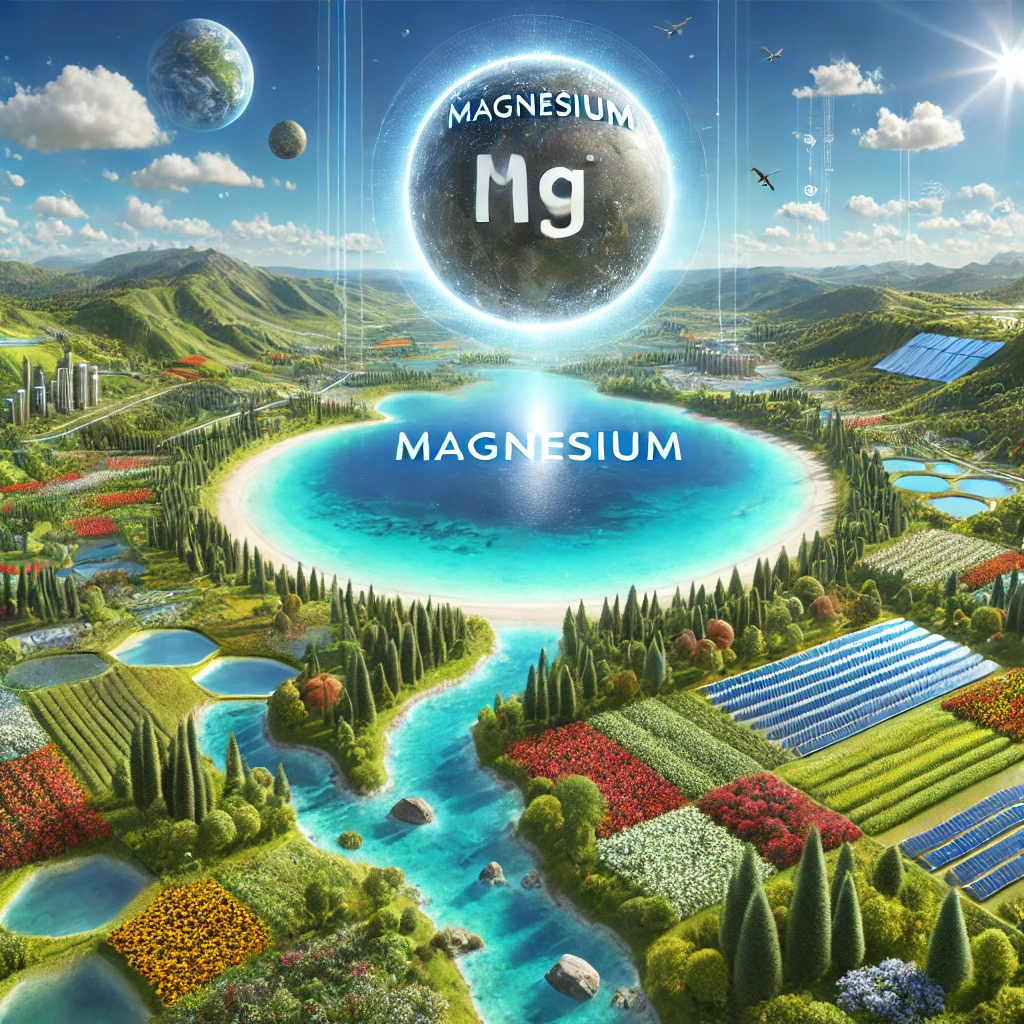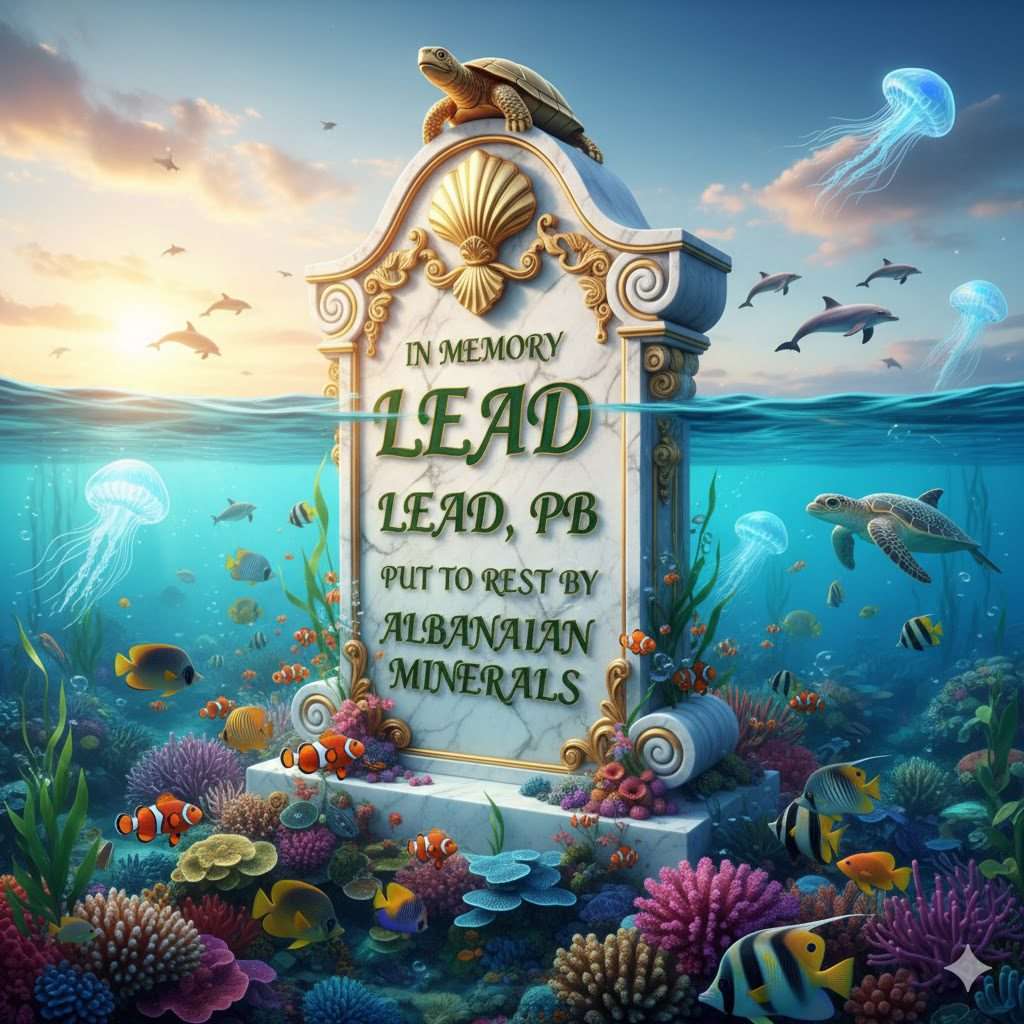
Lead (Pb) has been both a tool and a toxin throughout human history. Once prized for its malleability and use in paints, gasoline, plumbing, and batteries, it now lingers as one of the most dangerous pollutants ever released into the environment. Its toxic legacy is written in contaminated soils, poisoned rivers, and the neurological scars left on generations of children. Lead pollution is a global catastrophe that touches every corner of the planet, particularly in regions where industrial activity, battery recycling, smelting, and old infrastructure continue to leak this heavy metal into the biosphere.
Lead exposure is a significant global health threat, contributing to approximately 1.5 million deaths annually, primarily from cardiovascular diseases. The global economic cost of lead exposure alone is estimated at $6 trillion annually, or nearly 6.9% of global GDP.
Lead does not degrade or disappear. Once released, it binds to dust, soil, and sediments, entering the food chain through crops and water. In the human body, lead mimics essential elements like calcium, allowing it to infiltrate bones and organs, where it accumulates for decades. Even minute concentrations are toxic. Chronic exposure to lead damages the brain and nervous system, especially in children, causing learning disabilities, lower IQ, attention disorders, and behavioral problems.
Adults exposed to lead suffer from high blood pressure, kidney dysfunction, infertility, cardiovascular disease, and impaired immune systems. The World Health Organization classifies lead as a potent neurotoxin with no safe exposure level. Globally, lead poisoning causes over one million deaths annually and is responsible for immense economic losses, estimated in trillions of dollars each year due to reduced productivity, healthcare costs, and cognitive decline in affected populations. The economic impact is profound, contaminated agricultural land reduces food yield and value, industries pay billions for cleanup, and nations lose intellectual potential on a generational scale.
But the Earth, in its deep wisdom, holds a natural remedy: olivine. This green magnesium iron silicate, chemically represented as (Mg,Fe)₂SiO₄, forms in the mantle under immense heat and pressure. It is one of the most abundant and reactive minerals on Earth, capable of transforming pollution into stability through simple geochemical reactions. When olivine weathers in the presence of water and carbon dioxide, it reacts according to the equation: Mg₂SiO₄ + 4CO₂ + 4H₂O → 2Mg²⁺ + 4HCO₃⁻ + H₄SiO₄. This process consumes carbon dioxide, raises pH, and releases magnesium ions and silicic acid, creating alkaline conditions ideal for trapping heavy metals.
When lead ions (Pb²⁺) are present in water or soil, they react with carbonate and hydroxide ions generated by olivine weathering to form insoluble, stable minerals such as lead carbonate (PbCO₃) and lead hydroxide (Pb(OH)₂). The overall reaction linking olivine dissolution, CO₂ sequestration, and lead immobilization can be expressed as: Mg₂SiO₄ + 4CO₂ + 4H₂O + Pb²⁺ → 2Mg²⁺ + PbCO₃ (s) + 3HCO₃⁻ + H₄SiO₄. These products—solid, geochemically stable minerals—lock lead permanently into crystalline structures that no longer dissolve or re-enter biological systems. Under certain conditions, additional stabilization may occur through the formation of lead silicate (PbSiO₃) and lead hydroxide: Pb²⁺ + SiO₄⁴⁻ → PbSiO₃ (s) Pb²⁺ + 2OH⁻ → Pb(OH)₂ (s).
This natural alchemy transforms one of humanity’s most persistent poisons into harmless stone. It is a self-sustaining, passive process that requires no external energy or synthetic chemicals, only time, water, and the quiet chemistry of the Earth itself.
At the forefront of this green transformation stands Albanian Minerals, a world leader in sustainable mineral science and guardian of the planet’s largest reserves of high-grade magnesium-rich olivine. With visionary technology, Albanian Minerals has developed an advanced system that accelerates olivine weathering to capture carbon dioxide, neutralize acidity, and detoxify lead and other heavy metals from contaminated soils and waters. Each grain of olivine acts as a microscopic reactor, transforming CO₂ and lead pollution into permanent minerals while releasing beneficial nutrients like magnesium, silicon, and iron that enrich soils and support plant growth.
This breakthrough technology turns environmental damage into regeneration. When deployed on polluted lands, it purifies soil and groundwater, enhances fertility, and reduces the toxic legacy of industrialization. When used in coastal regions, it restores alkalinity, helping oceans recover from acidification. For every ton of olivine dissolved, roughly 1.25 tons of CO₂ can be permanently captured, while heavy metals like lead are bound into inert mineral forms.
The implications are profound. Olivine’s chemistry bridges geology and ecology, offering a natural, scalable, and permanent solution to two of the greatest challenges of our time: pollution and climate change. It proves that environmental healing need not depend on complex machinery or fragile technology, it can arise from understanding the ancient processes of the Earth itself.
Through Albanian Minerals’ leadership, this ancient green gem is being reborn as a 21st-century tool of restoration. Its magnesium-rich structure, drawn from vast and pure deposits, forms the cornerstone of a global green transformation. By aligning technology with nature, Albanian Minerals is creating a pathway where progress and the planet can finally coexist in harmony.
Olivine is more than a mineral, it is Earth’s own blueprint for balance. Through its chemistry, pollution becomes permanence, carbon becomes stone, and destruction gives way to renewal. It is the quiet strength of nature, refined by science, now leading the way to a cleaner, healthier, and more sustainable world.
In an age where the planet groans beneath the weight of pollution, climate change, and environmental degradation, the quest for solutions often leads us to cutting-edge technology and complex innovations. Yet, sometimes the most profound answers are ancient, grounded in the earth beneath our feet. Enter olivine, a radiant green mineral, forged in the fiery heart of the Earth billions of years ago, quietly carrying the power to heal the very air we breathe, the water we drink, the soil we cultivate, and the ecosystems that sustain life.
Green Magnesium Olivine is no ordinary rock. It is a living testament to nature’s elegance, an alchemist that transforms environmental crises into opportunities for renewal. Here are the five extraordinary ways olivine is reshaping our world and inspiring hope for a sustainable future.
1. Capturing Carbon: Nature’s Climate Ally
As greenhouse gases thicken the atmosphere, driving global warming and ocean acidification, olivine steps forward as a silent climate warrior. Through a natural process called enhanced weathering, olivine reacts with carbon dioxide (CO₂), converting this potent greenhouse gas into stable bicarbonate minerals. This transformation locks away CO₂ for thousands of years, removing it from the air and oceans.
Unlike mechanical carbon capture that requires energy and infrastructure, olivine offers a self-sustaining, passive, and scalable solution. It breathes life back into suffocating atmospheres and healing seas, turning carbon pollution into stone, literally.
2. Neutralizing Heavy Metals: A Guardian of Purity
Toxic heavy metals infiltrate our water and soils, poisoning ecosystems and threatening human health. Olivine’s mineral matrix is uniquely capable of adsorbing and immobilizing an array of these hazardous elements, reducing their bioavailability and toxicity. Among the dangerous metals olivine can neutralize are:
Lead (Pb²⁺): A devastating neurotoxin especially harmful to children, lead is trapped within olivine’s mineral structure, curbing its ability to harm the nervous system.
Cadmium (Cd²⁺): Known for its carcinogenic and kidney-damaging effects, cadmium’s mobility is greatly reduced through olivine’s binding action.
Chromium (Cr⁶⁺): The highly toxic hexavalent chromium is chemically transformed into less harmful trivalent forms and immobilized.
Mercury (Hg²⁺): A bioaccumulative neurotoxin, mercury’s spread through food chains is limited as olivine adsorbs it.
Copper (Cu²⁺): Though essential in small amounts, excess copper damages aquatic life; olivine binds copper, reducing its toxicity.
Nickel (Ni²⁺): Toxic to many organisms, nickel’s availability is curtailed, protecting ecosystems.
Zinc (Zn²⁺): Excessive zinc harms organisms, but olivine prevents its dangerous buildup.
Arsenic (As³⁺/As⁵⁺): A notorious carcinogen, arsenic’s environmental risk is lowered by olivine’s immobilization.
Uranium (U⁶⁺): The radioactive heavy metal is contained within olivine’s mineral lattice, limiting its environmental dispersion.
Through this remarkable detoxifying power, olivine acts as a natural sentinel, guarding the purity of our waters and soils and preserving the health of countless species, including our own.
3. Replenishing Nutrients: Nature’s Fertilizer
Beyond its cleansing powers, olivine is a generous provider. As it weathers, it gently releases a bounty of essential nutrients critical to life:
Magnesium (Mg): The heart of chlorophyll, magnesium energizes plants to convert sunlight into life-sustaining food.
Iron (Fe): Vital for plant metabolism and microbial vitality, iron supports the foundation of terrestrial and aquatic ecosystems.
Silicon (Si): Strengthening plant cell walls and forming the skeletons of diatoms—microscopic algae crucial to marine food webs, silicon nourishes life from root to reef.
Other Elements: Calcium, potassium, zinc, phosphorus, sodium, and others enrich soils and waters, enhancing fertility and resilience.
This natural fertilization promotes healthier crops, richer soils, and vibrant ecosystems, offering a sustainable alternative to synthetic fertilizers, often fraught with environmental costs.
4. Balancing Acidity: Earth’s Natural Buffer
Acid rain, industrial pollutants, and rising CO₂ levels have pushed soils and oceans toward dangerous acidity, threatening biodiversity and food security. Olivine’s weathering releases basic ions that neutralize acidity, restoring balance to these vital environments.
In soils, olivine raises pH, improving nutrient availability and microbial activity essential for plant growth. In oceans, it enhances alkalinity, mitigating ocean acidification and protecting coral reefs, shellfish, and other vulnerable marine life.
5. Supporting Biodiversity and Ecosystem Resilience
Life flourishes where conditions are balanced and resources abundant. By regulating pH, detoxifying environments, and providing essential nutrients, olivine creates fertile grounds for biodiversity.
Its silica release sustains diatoms, the unsung architects of oceanic ecosystems that generate nearly half the world’s oxygen. Healthy soils and waters nurtured by olivine underpin resilient forests, thriving fisheries, and robust food systems.
In a world increasingly challenged by climate extremes and habitat loss, olivine fosters ecosystems capable of withstanding change and continuing to support life’s rich tapestry.
A Green Legacy for Our Planet
Olivine is a vivid reminder that solutions to modern crises need not always be complex or costly. Sometimes, they lie embedded in the Earth’s ancient story, a mineral born of fire and time, now offering humanity a chance to heal. Harnessing olivine’s remarkable powers could be a cornerstone of global sustainability efforts, transforming how we fight climate change, purify our environment, grow food, and protect biodiversity.
As we seek a future where humanity lives in harmony with the planet, olivine’s quiet strength offers a beacon of hope, a testament to nature’s enduring wisdom and resilience.
Albanian Minerals commands the world’s largest reserves of premium-grade olivine, a remarkable mineral endowed with transformative industrial and ecological potential. As a visionary leader in this field, the company pioneers avant-garde technologies that unlock the sustainable extraction and innovative application of Green Magnesium, a powerful derivative of olivine with far-reaching impact.
These trailblazing breakthroughs promise to revolutionize a spectrum of industries, from advancing clean energy solutions and pioneering carbon sequestration, to fostering eco-conscious construction materials, firmly establishing Albanian Minerals as a pivotal architect of the global green revolution. Through the alchemy of ancient Earth and cutting-edge science, Albanian Minerals is charting a sophisticated path toward a more sustainable and resilient future for our planet.
“Lead (Pb) stands as one of humanity’s oldest companions and deadliest mistakes, a symbol of brilliance turned into burden. For thousands of years, it served our progress, coursing through our pipes, paints, fuels, and industries. Yet beneath its utility lay a slow poison, seeping into our soils, our waters, and our blood. The Earth has carried this wound for centuries.
Today, we have found within the planet’s own chemistry the path to redemption. Through the green mineral olivine, the Earth’s natural cleanser, we have discovered how to bind lead and other toxic elements into harmless, stable stone. This is not an artificial reaction; it is a return to nature’s own design, a restoration of the balance written in the mineral code of creation.
At Albanian Minerals and Green Natural Wonders, we are not merely neutralizing pollution, we are transforming it into permanence, into a new geological layer of safety. We are allowing the Earth to heal itself with its own materials. This is more than technology; it is the awakening of planetary intelligence.
In every grain of olivine lies a promise , that the very matter which built our world can now rebuild it in harmony with life. Lead, mercury, and carbon may once have defined our age of extraction, but olivine will define our age of regeneration.”
Sahit Muja, Founder and CEO of Albanian Minerals, Green Natural Wonders.




